Mince Pies / Shrid Pye
There is little more Christmassy than mince pies, except for perhaps stollen, which I learned to make from Florian Edelmann, a chef and baking wizard whom I had the pleasure to work with whilst he completed his pHd. Once he finished, we changed the name of our yearly stollen to ‘Dr Edelmann’s Stollen’, which I may share on this blog now that I’ve adapted it to a sourdough version.
I often enjoy crediting the influential few who played an important role in my learning of a certain food or technique, and pastry is no different. But instead of it being a master chef or baker, this time it’s my mum. Making pastry with her when I was little was my first exposure to the discipline and technique in the kitchen. Since then, I’ve learned to make all sorts of pastry that she’d never attempt, but when it comes to shortcrust (both savoury and sweet) I have to concede. So this is my mince pie recipe, but my mum’s is probably a little bit better.
Mince Pie
Also once called ‘shrid pie’, ‘mutton pie’ and ‘Christmas pie’ has been a part of British cuisine since the 13th century when crusaders returned from the Middle East with recipes that mixed meats, spices and fruits. The original mince pie was indeed a sweet meat pie, something that has fallen out of fashion in the last 100 years. The size and shape of the pie have changed over time too, becoming smaller and round in contrast to the original large oblong shape.
The original pie was made using a leg of mutton, but also beef tongue, veal or goose (in northern England). Today, the only animal product largely used is suet, but if you’d prefer, you can easily find plant based alternatives made from coconut fat and rice starch.
If you plan to make your own Christmas mincemeat then I’m going to share a recipe for it in the new year. Good mincemeat should be aged for a year before eating, so gather your ingredients now and hold on until early January.
Sourcing Flour
Pick something interesting. It has never been more important to support producers who work to preserve heritage varieties of grain and cereal. These plants form a rich connection with the living components of soils, something that modern wheat varieties do not, and they play host to a vast amount of microbes that live on the hull (something that benefits our bodies too). Diversity is key to our future. Taking the time to source an interesting flour is an easy way to make a small change with big long term effects. For pastry, make sure you look for something that has similar uses to plain flour. Anything that says ‘bread flour’ will have a higher gluten content and form a tough pastry. If using a wholemeal flour, make sure to add a dash of milk as wholemeal absorbs more liquid and will make a drier, more biscuity pastry.
Here in Wales we’re lucky enough to have an amazing flour mill called Felin Ganol Watermill. They specialise in organic, stoneground flours and use a wide range of alternative and heritage varieties. If you happen to live nearby then seek them out! If not, then I highly recommend you find a good producer near you. It’s an investment well worth making.
Mince Pies
Makes 12
Pastry ingredients
250g Plain flour
175g Unsalted butter
80g Icing sugar / caster sugar
A dash of milk if needed
Everything else
500g Mincemeat
Extra icing sugar to dust
Milk to seal the lid
Orange zest
Step 1.
Measure out the dry ingredients for the pastry, sieving the icing sugar to remove lumps. Add the butter, softened at room temperature, and work it into the flour and sugar by gently rubbing it between your fingers and thumbs until the pastry starts coming together. I doubt you will need any liquid to form this dough, but if you do then use the smallest dash. You can always add more if needed but you can’t remove it. Don’t overwork the pastry, the moment the dough forms a ball, squash it into a flat-ish disc and place it in an airtight container to rest in the fridge for 20-30 minutes.
Step 2.
Dust a surface and rolling pin in flour and divide your pastry into two pieces, one roughly two thirds, the other the remaining third. Set the smaller portion aside and roll the main piece out until it’s 5mm thick. Use a pastry cutter to press circles out, then gently fold them into the pie tin. If cracks appear, apply a small amount of pressure either side of the crack to push the pastry back together.
Step 3.
Add 1tbsp of mincemeat to each pie base and zest an orange over the open filling. The aroma of fresh orange zest will liven up both shop bought and home made mincemeat wonderfully. Slide the them back in the fridge whilst you roll out the tops. Use a smaller cutter (or glass) to cut out the discs for the pie tops and dab them with a few drops of milk, one at a time. This will help the lids seal with the bases. Lightly crimp the edges and pop them back in the fridge whilst the oven preheats to 180C / 355F.
Step 4.
Bake the pies for 15-20 minutes. They won’t colour much in this time but the aim is to keep the pastry soft and avoid burning due to the sugar in the sweet shortcrust. Let them rest in the time for 10 minutes, then tip them out onto a cooling rack. If any mincemeat has bubbled up and escapes, carefully use a knife to cut the pastry free from the tin before tipping.
Let the pies cool overnight. Tempting as it is to eat them right away, the pastry will soften over 6-12 hours. This is when they’re at their best and ready to be dusted with icing sugar.
Store in an airtight container in the fridge for a week, but always eat them at room temperature for the best flavour.



